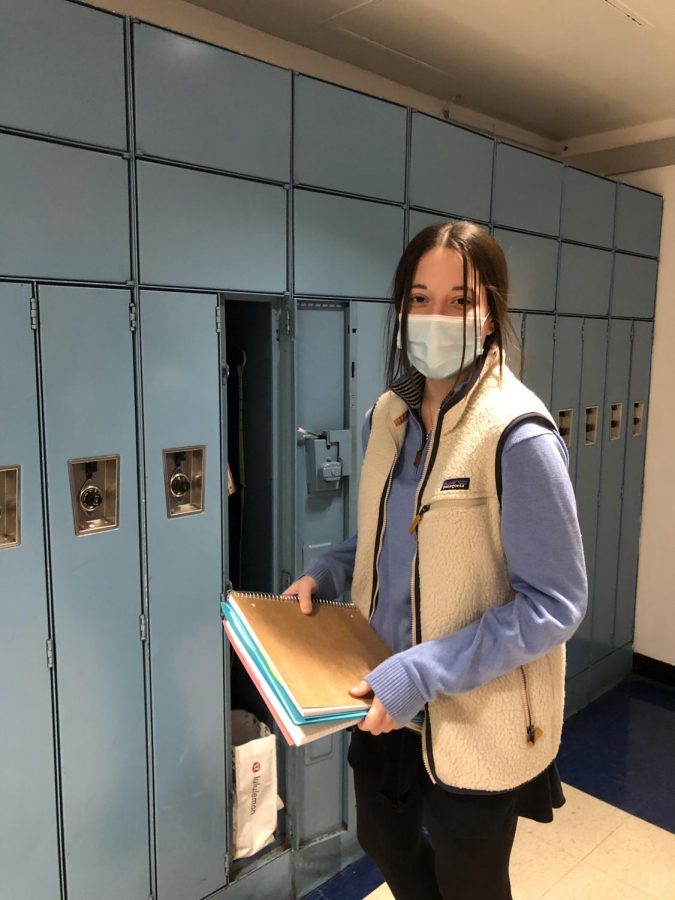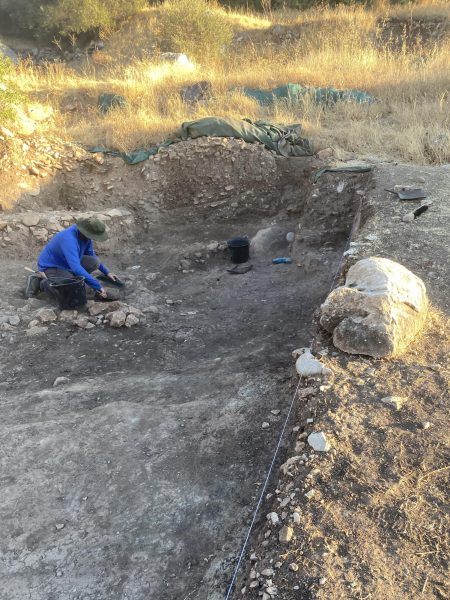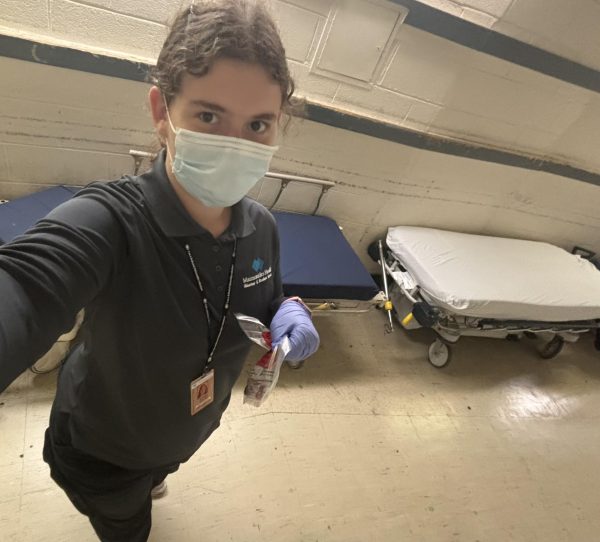Longing for Lockers
Students began the September school year without lockers and had to carry their textbooks and binders to each class. The Ramaz administration and medical team originally deemed lockers unsafe and feared that students would gather in large groups around the lockers. To reduce this risk, they decided to eliminate lockers during this strange year. However, when students learned that the lockers were closed, they voiced their complaints and argued that their heavy backpacks were unnecessary. The medical advisory successfully returned lockers to all students, spacing out the lockers to ensure safety and social distancing.
In September, the class presidents and G.O. met with Ms. Schlomovitch and Mr. Cannon to discuss issues and raise suggestions. When student representatives explained the locker predicament, Ms. Schlomovitch and Mr. Cannon promised to explore the possibility of reinstating lockers. Students suggested cubbies in the backs of classrooms, understanding that lockers may not be the safest option. Rachel Freilich ’22 explained, “The administration has been very accommodating to the G.O.’s suggestions and understands that this year is difficult for many students. They have been trying to restore normalcy to the building while balancing the health and safety of the students. I know that many students appreciate their efforts in returning lockers this year.”
In previous school years, students from different grades had lockers throughout the entire building and interacted with one another while visiting their lockers. Almost every locker was filled with books, the locker coves packed with students in between in each class. However, this year, most understand that the original setup would be unsafe and grade cohorts would meet each day. In order to ensure that grades did not mix, the administrators only occupied every-other locker for one grade. Other grades, which visit the school on different days, were assigned the empty lockers in between. Additionally, the administration had to take into account the floor separation and ensure that grades on the bottom half of the building were isolated from those on the top half. These barriers delayed the reopening of lockers, but by the end of October, lockers were assigned to students from each grade.
Although lockers help alleviate heavy backpacks throughout the day, they are not as functional as in previous years. Due to the current hybrid system, students are still forced to bring their books back and forth at the end of in-person days. In the past, most students left their binders and textbooks in school each night, only carrying home a few books, usually those needed to study for an upcoming test. However, classes at home make it very difficult for students to leave their materials in their lockers because almost every book is needed on Zoom.
The lockers effectively mitigate heavy backpacks during the school day as students leave their books instead of carrying them throughout the building. Lockers also provide a place for students to house their jackets and lunches during the school day. “I don’t think lockers are as useful as in the past because we still need to carry our books home every day. We cannot leave our school materials in our lockers overnight because they are needed at home for Zoom. I enjoy having my locker to keep my lunch and Tefillin, but still think there is another issue of the back-and-forth to discuss,” explained Jordan Mittler ’22.
The administration is open to student suggestions, and the monthly meetings with Mr. Cannon and Ms. Schlomovitch have proven to be helpful and effective. It is hard to replicate a system that worked well in the past and adapt lockers to the numerous changes made this year. Ideally, students will be back in school for five days a week soon and schedules can return to normal.




